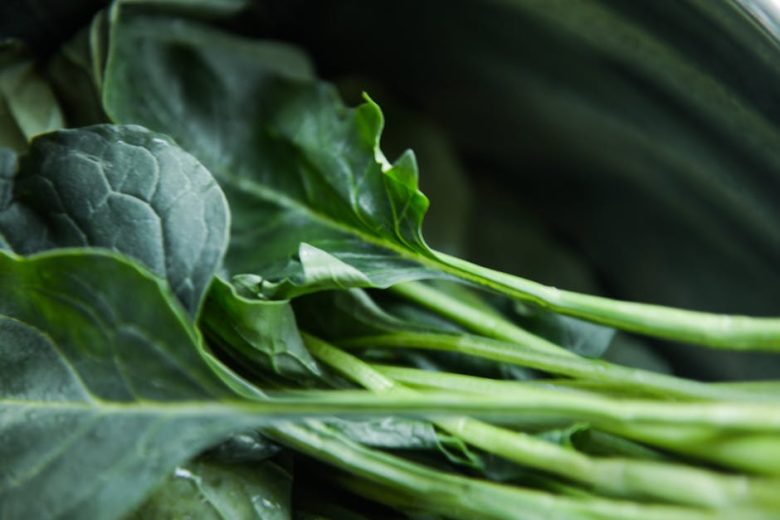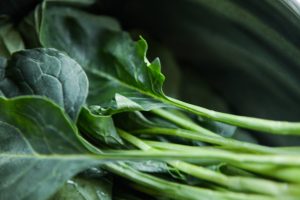In the grand theater of culinary arts, few acts are as enchanting as the alchemy of baking bread. Like a magician conjuring a rabbit from a hat, transforming simple ingredients into a loaf of golden delight is nothing short of miraculous. The scent of yeast blooming and dough rising is a siren song that beckons home bakers and professional chefs alike to join in the dance of creation. This article will explore the fascinating world of bread baking, blending the art and science that make this age-old tradition a beloved staple in kitchens around the globe.
Baking bread is akin to a symphony, where each ingredient plays its unique note, harmonizing to create something beautiful. Flour, water, salt, and yeast are the four primary musicians in this ensemble, each contributing to the final crescendo of flavor and texture. The flour provides the structure, while water acts as the life-giving force that activates the yeast, which in turn, ferments and produces carbon dioxide, causing the dough to rise. Salt, the unsung hero, enhances flavors and strengthens the gluten network, ensuring that the loaf has a satisfying chew. Together, these elements create a masterpiece that nourishes both body and soul.
The journey of bread making begins with the humble act of mixing. Just as a painter prepares their palette, a baker combines flour and water, coaxing them into a cohesive mass. This initial stage is where the magic starts to unfold, as the gluten strands begin to develop, forming a web that will later trap the gases produced during fermentation. Kneading the dough is akin to a sculptor molding clay; it requires patience and technique. The baker’s hands work the dough with rhythm and intention, transforming it from a sticky mass into a smooth, elastic ball, ready to rise.
Fermentation is the heart of bread making, a slow dance where time and temperature play vital roles. As the dough rests, yeast consumes sugars and releases carbon dioxide, creating air pockets that will give the bread its lightness. This process is like a fine wine aging, where flavors deepen and mature over time. Depending on the recipe, fermentation can take anywhere from a few hours to overnight, allowing the dough to develop complexity and character. The baker must be attuned to the dough’s signals, knowing when it has risen to perfection, ready for shaping and baking.
Shaping the dough is where creativity meets precision. Whether it’s a rustic boule, a braided challah, or delicate dinner rolls, the shape of the loaf influences not only its appearance but also its texture. Each fold and tuck is a brushstroke on the canvas of bread, creating visual appeal and ensuring even baking. Once shaped, the dough undergoes a final rise, known as proofing, where it swells in anticipation of the heat that will soon envelop it. This moment is a testament to the baker’s skill, as they must balance the urge to rush with the patience required for the perfect rise.
As the bread bakes, the kitchen becomes a sanctuary filled with warmth and aroma. The crust forms, a golden armor that encases the soft, pillowy interior, while the heat transforms the sugars into a caramelized masterpiece. The sound of the crust cracking as it cools is like the applause of an audience, celebrating the culmination of effort and artistry. With each slice, the bread reveals its tender crumb, inviting you to savor the fruits of your labor.
In conclusion, baking bread is not merely a task; it is an experience that engages the senses and nourishes the spirit. The process is an intricate dance of science and art, where every step contributes to the final creation. As you embark on your own bread-making journey, remember that each loaf tells a story—of ingredients, of techniques, and of the hands that crafted it. So, roll up your sleeves, embrace the process, and let the whisking wonders of baking bread fill your home with warmth and joy.



